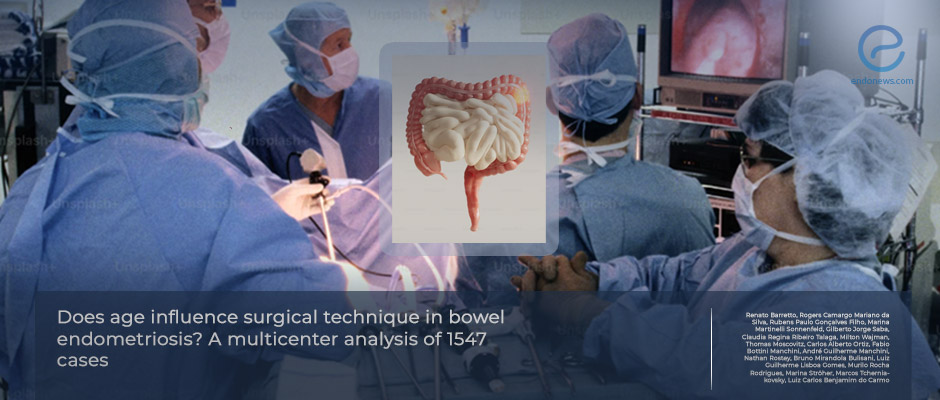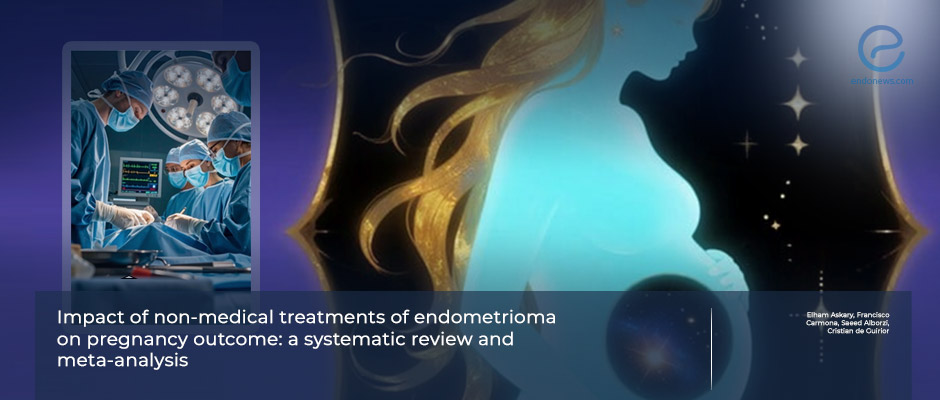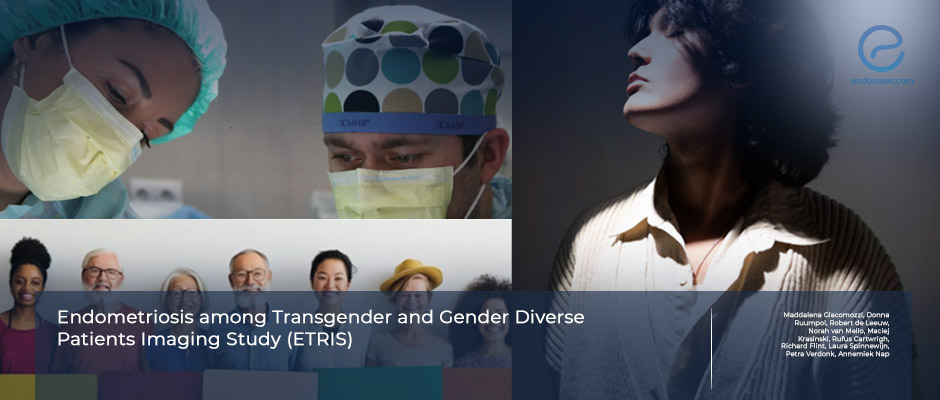Search :
Being thorough Is More Important Than Being Fast in Endometriosis Surgery
Longer surgical times are not associated with a higher risk of short-term postoperative complications in patients with stage 3 or 4 endometriosis undergoing minimally invasive surgery, according to a new study published in BMC Women’s Health. However, longer procedures were…
Key Points Lay SummaryEndometriosis Care Quality Reform in the United States
Endometriosis care in the United States varies widely depending on where and how patients receive treatment, according to a new analysis published in Journal of Minimally Invasive Gynecology. A national multidisciplinary committee—the Endometriosis Care Quality Collaborative (ECQC)—brought together gynecologic surgeons,…
Key Points Lay SummaryEndometrial PreparationMethods and Obstetric Risks After Frozen Embryo Transfer in Endometriosis
Endometriosis is a common condition and is present in 30–50% of women who experience difficulty conceiving. Because it can cause pelvic adhesions, hormonal disturbances, and chronic inflammation, many women with endometriosis require assisted reproductive technologies such as IVF and frozen…
Key Points Lay SummaryDoes Age Matter in Choosing Bowel Endometriosis Technique?
Bowel endometriosis often requires complex minimally invasive surgery, and surgeons commonly choose between shaving, discoid resection, or segmental bowel resection based on how deeply the disease infiltrates the rectum or sigmoid. It has long been assumed that younger women might…
Key Points Lay SummaryWhole-Brain Dynamics Across Menstrual Hormonal Fluctuations
A new study published in Nature Neuroscience reveals that the human brain changes structurally across the menstrual cycle far more dynamically than previously understood. Using an exceptionally detailed approach—MRI scans every two days across an entire month—researchers mapped how fluctuating…
Key Points Lay SummaryAI-Assisted Vision: Recognizing Endometriosis in Real Time
Artificial intelligence (AI) may soon assist surgeons in recognizing endometriosis during minimally invasive surgery. In a proof-of-concept study published in the Journal of Minimally Invasive Gynecology, Netter and collegues evaluated a deep-learning algorithm designed to visually detect endometriosis lesions on…
Key Points Lay SummaryMenstrual Blood–Derived Stem Cells and Diagnostic Advances
Menstrual blood is usually discarded as waste, but recent discoveries show it may hold extraordinary value for women’s health and medicine more broadly. In a review published in Frontiers in Cell and Developmental Biology in 2025, Drs Feng and He from Shanxi Medical…
Key Points Lay SummaryComparing Non-Medical Endometrioma Treatments: Fertility Impact
Endometriomas affect up to 44% of women with the disease and are closely linked to infertility. Choosing the right treatment is important, because different surgical techniques can impact both the chances of pregnancy and the risk of cysts coming back.…
Key Points Lay SummaryFrom Damage to Hope: IVF and Embryo Science in Endometriosis
Endometriosis remains one of the most challenging causes of infertility, affecting women both biologically and emotionally. In a comprehensive review published in Biology, Dr. Monika Mrugacz and colleagues examine how this disease disrupts fertility at every level: from the health…
Key Points Lay SummaryThree Percent of Transgender and Gender Diverse Individuals Have Endiometriosis
Endometriosis affects 3.1% of transgender and gender diverse individuals, according to a new study published in the Journal of Minimally Invasive Gynecology. “This finding differs from previous literature as it reports a lower prevalence compared to cisgender women and to other studies…
Key Points Lay Summary
 By Özge Özkaya
By Özge Özkaya

 By Selma Oransay
By Selma Oransay

 By Hale Goksever Celik
By Hale Goksever Celik


 By Ayse Ayhan
By Ayse Ayhan




